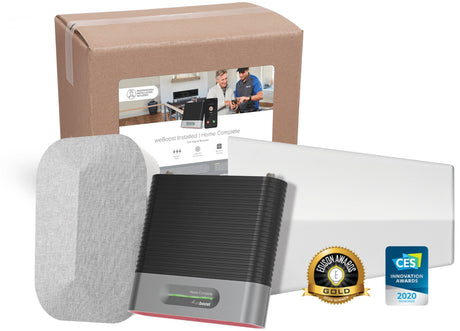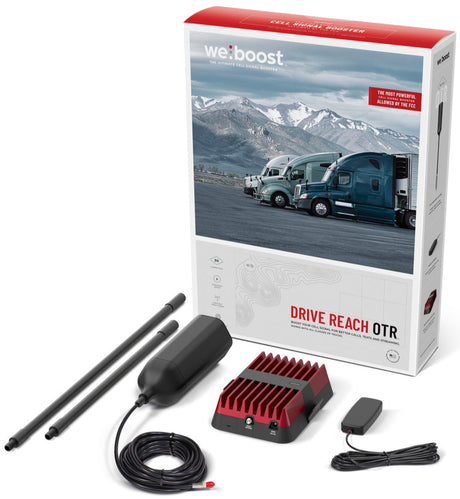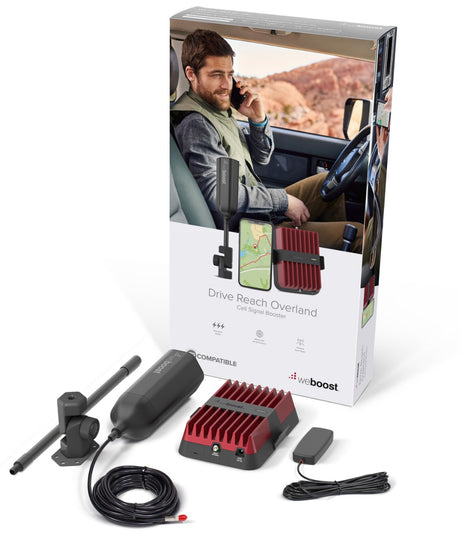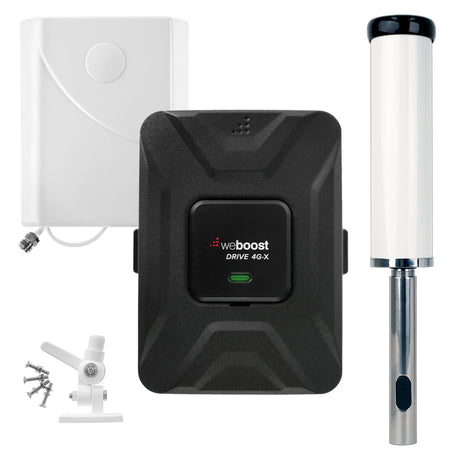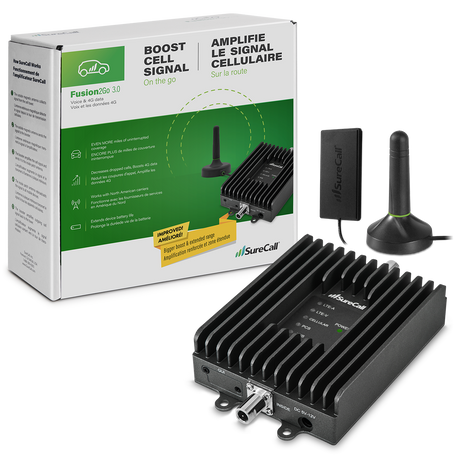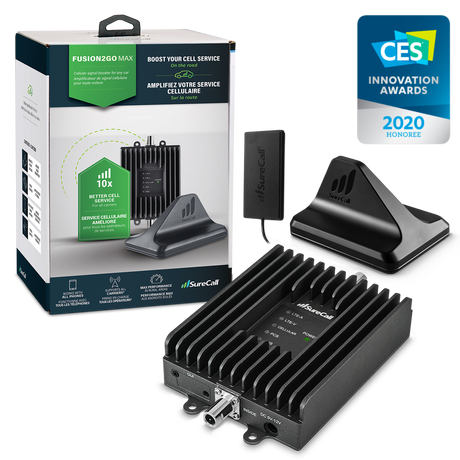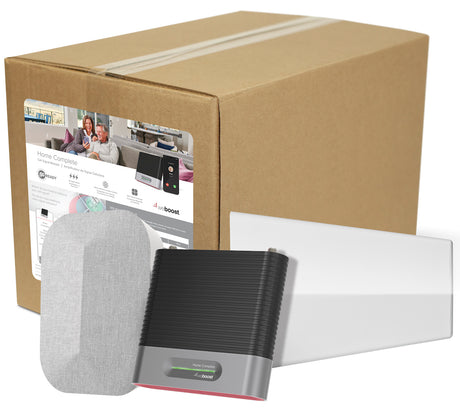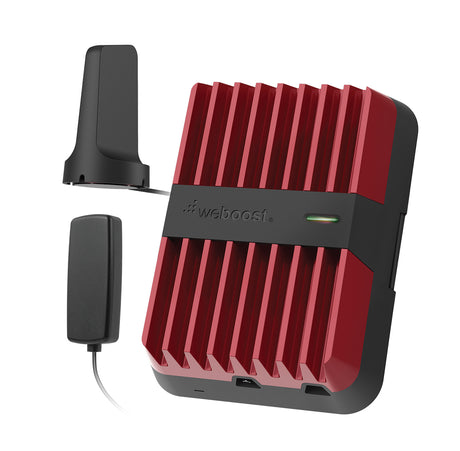weBoost Installed | Home Complete with Professional Installation (474445)
$1,499.99Unit price /UnavailableweBoost Drive Reach Mobile Signal Booster Kit | 470154R (Certified Refurbished)
$397.99Unit price /Unavailable
While 5G is expanding rapidly across the United States and Canada, most mobile users are still connecting to a mix of 5G bands, each with different coverage and performance characteristics. Depending on your device, carrier, and location, you may experience anything from fast mid-band 5G to low-band 5G that behaves more like 4G LTE.
Even though the major carriers have deployed nationwide 5G networks, many consumers and businesses continue to struggle with getting reliable 5G signal indoors or in remote areas. Building materials, distance from a tower, and environmental obstacles can all weaken signal, which is where a cell phone signal booster becomes essential.
Cell phone signal boosters are the carrier-approved and FCC-certified solution for improving 5G coverage. A booster captures the available 5G signal outside your home, office, or vehicle, brings it inside, amplifies it, and then rebroadcasts it throughout the area that’s experiencing poor reception. This allows the system to overcome barriers like concrete walls, metal roofing, low-emissivity window coatings, and other sources of signal loss, and deliver stronger 5G connectivity where it’s needed.
There are more 5G-compatible cell phone boosters available now than ever before, but choosing the right one depends on your location, carrier, building layout, and the type of 5G available in your area. To make the process easier, our signal experts have identified the top 5G cell phone signal boosters that offer the best performance, reliability, and compatibility for real-world 5G coverage challenges.


